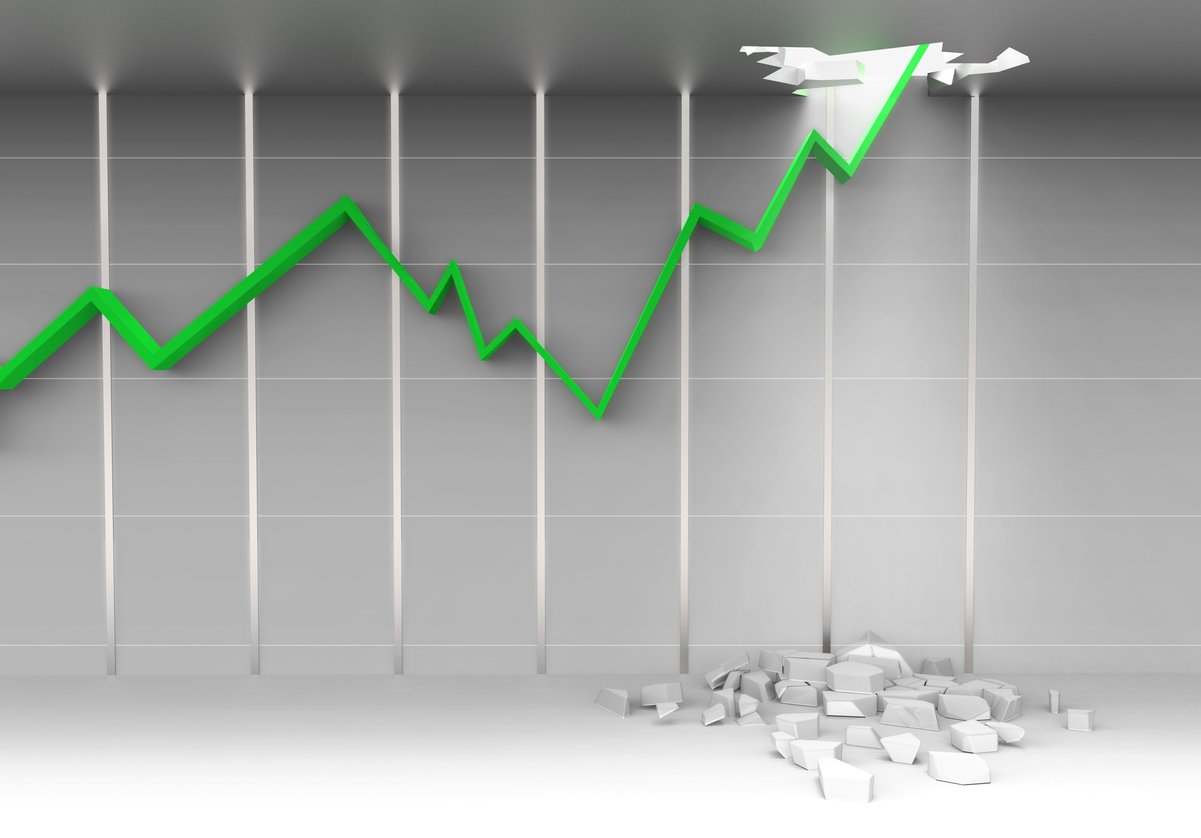Regular listeners of the Motley Fool Answers podcast will know that Alison Southwick and Robert Brokamp are full of excellent investing and personal finance advice. But for this episode -- which they are dedicating totally to listener questions -- they've called in reinforcements: Ross Anderson, a certified financial planner from Motley Fool Wealth Management, a sister company of The Motley Fool.
In this segment, they address one of the most common questions in investing: What percentage of your portfolio should you keep in cash for use when the bear rises up and prices on the assets you want go down? It's not totally a trick question.
A full transcript follows the video.
This video was recorded on Feb. 27, 2018.
Alison Southwick: Today's last question comes to us from Nick. Nick writes, "My wife and I are 30 years old. We're entirely invested in a diverse allocation of equities through a variety of Vanguard ETFs and a small pool of individual stocks. I know we'll benefit from the recent dip in stocks with our buy monthly automatic investments, but this recent dip has made me think about building up a cash reserve held in a money market fund in one of our IRAs for buying opportunities like this. What are your thoughts on keeping some percentage [like 2-3%] of our portfolio in cash? We have an emergency fund in a regular, old savings account, but I don't want to use that for investing."
Ross Anderson: This question comes up a lot, and I understand where it comes from, because every time we see stock prices drop, for those of us that want to be aggressive and have a long time horizon, hopefully we're getting excited by that. Wow, these things are on sale.
Southwick: Let's go shopping.
Anderson: I can't wait to go shopping. And it's tough to go shopping unless you have some cash, but it's almost impossible to really make this a plan unless you're going to really market time. It always comes down to whether it is the right time to be in the market and whether it is the right time to buy.
We normally try and caution people not to try and do that. 2% to 3% is not a large enough portion of your portfolio that would really concern me. If you're going to keep 2-3% in your cash bucket and 97% stays invested, that's still a very aggressive allocation, so that wouldn't bother me. When you put 10-35% in cash -- if you're a long-term investor -- I think you're ultimately going to do more harm there.
Really, if you think about a year like 2017, which was an abnormal year from a stock market perspective, you saw 21% increases on the S&P 500 and not once did it give you a 5% pullback. That would have meant you were sitting in cash the entire year waiting for that opportunity to buy. You're missing upside.
So, I think mathematically it makes more sense just to stay fully invested, but if you wanted to tinker around with a small percentage, I don't think it's going to hurt you that bad, but behavior-wise I would encourage you to stay fully invested.
Robert Brokamp: There's really two ways to invest. You buy a diversified portfolio of stocks and funds and hold on for a long time, or you analyze individual companies. He owns a few stocks. If he feels like those stocks are now fully overvalued and he feels like there's not much upside to those stocks, and he has a proven record of showing that he's pretty good at making those kinds of judgments, I think it's perfectly fine to sell those stocks and wait for good buys.
Talking to the analysts here at The Fool, I know there are many of us, here, who feel that way. That right now, it's harder to find a cheap stock, so they have cash on the side waiting for that opportunity. I think that's different, and it's probably fine, compared to someone who has just diversified stocks in general and thinks, "Oh, I just don't feel comfortable with this. I'm going to sell some just so I can wait for the perfect time to get back in." Usually that does not work out, as well.
Anderson: I think that's true, but when you talk to people that have that feeling now, I also wonder how they felt a year ago.
Brokamp: Right.
Anderson: Or the year before that. We've been hearing people say for years, "Well, the market's been going up a lot since 2009. The crash is coming. It's got to go down at some point." How much upside are you willing to lose? Was it a Peter Lynch quote that there's a lot more money lost waiting for market corrections than actually in them? That tends to not be the best mathematical strategy. It can make us feel better, but the math doesn't really support it.
Brokamp: Back in 2014, Morgan Housel, who worked for The Fool back then, wrote a report on the optionality of cash and why he keeps as much as 40% of his assets in cash. And it talked a little bit about waiting for good-valued stocks as well as having money on the side for emergencies and stuff like that. Anyone who had a lot of cash since 2014 has missed out on a lot of upside, so it's just one of those things you have to accept.
Southwick: It sounds like you're calling out Morgan for bad financial advice.
Anderson: Just fired.
Southwick: Please come back on the show, Morgan. It's OK. Bro didn't mean it. He didn't mean anything personal.
Brokamp: Well, Morgan did have some stats behind it. He looked at someone who started investing in 1929 and he compared one person who invested $100 a month every month in the stock market vs. someone who put $100 in cash and then when the market dropped 20%, that person put all the cash in the market. And from 1929 until I assume the end of 2013 to 2014, the person who built up cash and waited for the bear markets did come out ahead. So, for his argument there were some numbers behind it. But, that does mean sometimes you have to wait a long time before you get that pullback.
Anderson: And that takes so much discipline.
Brokamp: It really does.
Anderson: So much discipline to do that. That's harder than it sounds. It really is.





